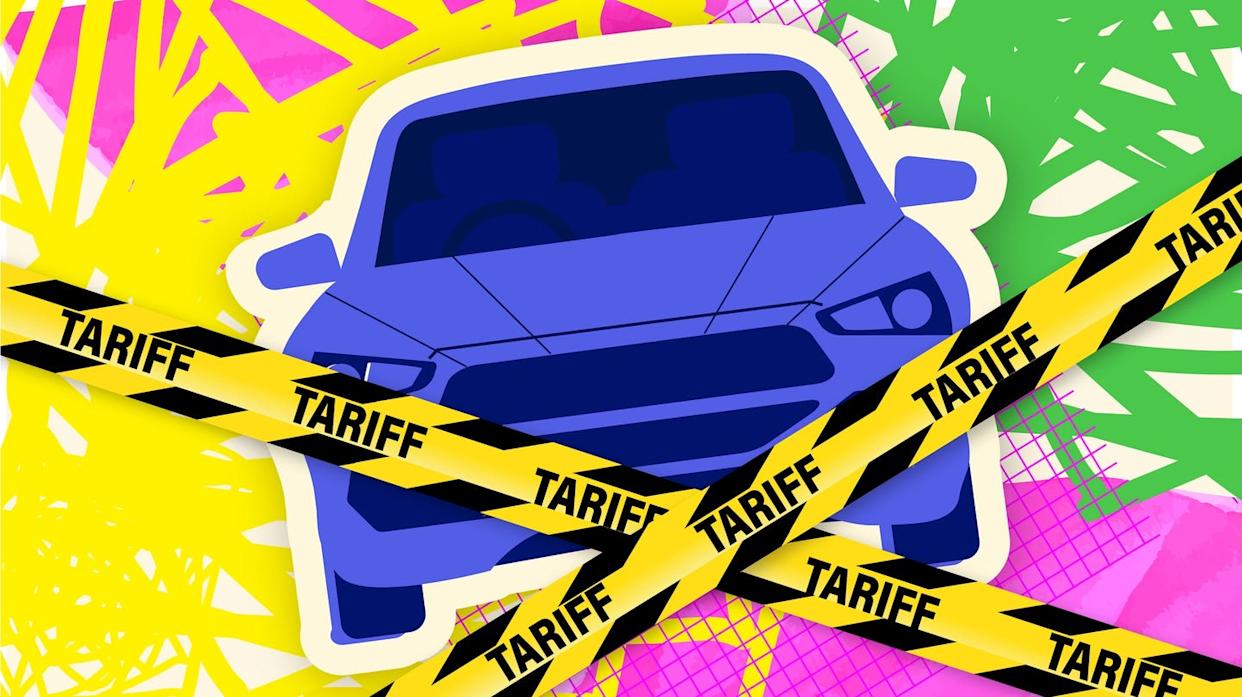
The Trump administration's import tariffs look to make shopping for a new vehicle more difficult in the second half of 2025 and beyond.
The tariffs have cut into automakers' profits, and experts predict higher costs will be passed on to shoppers; sticker prices may rise 4 to 8 percent by year-end.
Consumers will also have fewer options, with the EV market being upended by vanishing federal tax credits and all-new models shrinking to the lowest number in decades.
Call it Mr. Trump’s Wild Ride: A roller coaster of import tariffs that rise or plummet with gut-churning unpredictability, and no way to get off. Lines of consumers jostling for square deals on pre-tariff models, whose stockpiles are now running low. And now, a triple-whammy of $7500 EV credits that expire Sept. 30 and a D.C. derailing of emissions rules and public charger support, troubling news for an EV industry looking to build momentum in the face of flagging demand.
Heading into the second half of 2025, the industry has largely defied economic doomsayers and doomscrollers. Sales boomed to euphoric pre-Covid highs in March and April, boosted by shoppers getting ahead of the tariff curve, but have cooled since. New-car prices have barely budged. And the Treasury Department has totted up $152 billion in tariff revenue through July, nearly doubling the $78 million collected over the same period last year, when the effective import tariff rate stood at 1.2 percent.
But if the Trump administration sticks to its latest plan, the nation’s overall tariff rate will surge past 18 percent on August 7, according to the Yale Budget Lab. That would be the highest level since the Smoot-Hawley era of the 1930s, whose infamously counter-productive tariffs helped make the Great Depression even more depressing. As Cox Automotive chief economist Charlie Chesborough notes, newly announced trade deals with the E.U. and Japan suggest 15 percent auto tariffs becoming the baseline norm. That’s better than a terrifying 27.5 percent rate that passenger-car importers were facing, but it's still six times higher than the 2.5 percent that companies from Toyota to Mercedes were paying prior to April.
Higher Prices Ahead
With no relief in sight, top executives from Elon Musk to Porsche CEO Oliver Blume are warning of rough times and higher prices ahead. Automakers have been forced to become the industry’s Bounty towels, absorbing tariffs so thoroughly that consumers haven’t been splattered. Yet.
But investor calls and earnings reports reveal pooling damage that our harried hosts can no longer sop up, and mounting bills they’d prefer the guests—meaning customers—to pay. General Motors shelled out $1.1 billion in second-quarter tariffs alone, which may reach a brutal $5 billion for the year. That’s the going price for GM’s deep ties to Canada, Mexico, and South Korea, forged under free-trade deals that now lie in tatters. Even if GM could make all its cars and components in America, it faces 50 percent duties on steel and aluminum from Canada, the largest exporter of those critical metals to the U.S., but now locked in an escalating trade battle. (Canada’s retaliatory measures include a 50 percent tariff on American steel; we’d say “buckle up,” but that part will cost you, on either side of the border.)
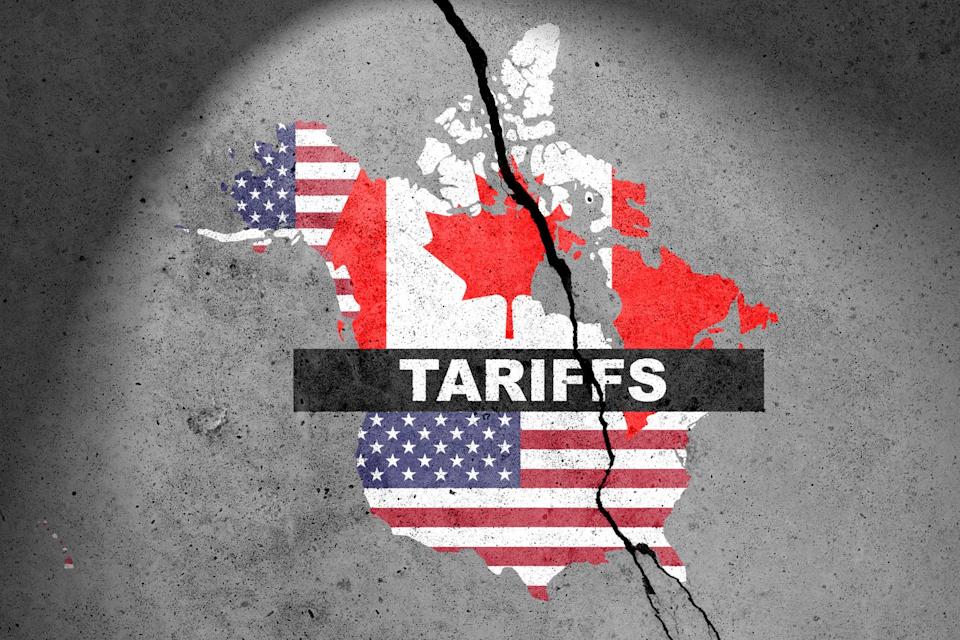
Ford has boosted this year’s projected tariff hit to $2 billion, a particularly bitter blow for a company that builds nearly 80 percent of its cars in America, more than any rival. Hyundai, another brand that’s seemingly doing everything right—including opening its second U.S. factory, the massive EV “Metaplant” in Georgia—has to wonder what it did wrong. The South Korean brand has been tagged for $606 million, taking a 22 percent slice out of profits despite revenue rising 7.3 percent, to a record $34.9 billion. Kia paid more than $500 million, and Volkswagen took a $1.5 billion tariff hit. Stellantis figures full-year tariffs may shave $1.7 billion from its already-shaky bottom line. VW Group’s struggling Audi unit, whose lack of an American factory or U.S. exports puts it at further disadvantage to BMW and Mercedes, is among brands lowering its financial guidance and resetting expectations for 2025.
Put plainly, experts say, global automakers and suppliers are being asked to fill Washington’s tax coffers with what used to be called “profits.” That’s an unprecedented state of affairs that companies, stakeholders, and Wall Street may quickly find untenable. Consumers, however tapped-out and put-upon they already feel, will become responsible for funding this simmering trade war.
David Greene, principal industry analyst at Cars.com, said automakers are already beginning to shift the tab to buyers, dealers, suppliers, or all three. Ford previously hiked prices on models imported from Mexico, including the Bronco Sport and Mustang Mach-E. Porsche, after swallowing $462 million in tariffs, announced that its already-pricey cars would become more so, rising 2.3 to 3.6 percent. Aston Martin and Subaru may be flip sides of the industry coin, but both will ask for more coin from buyers.
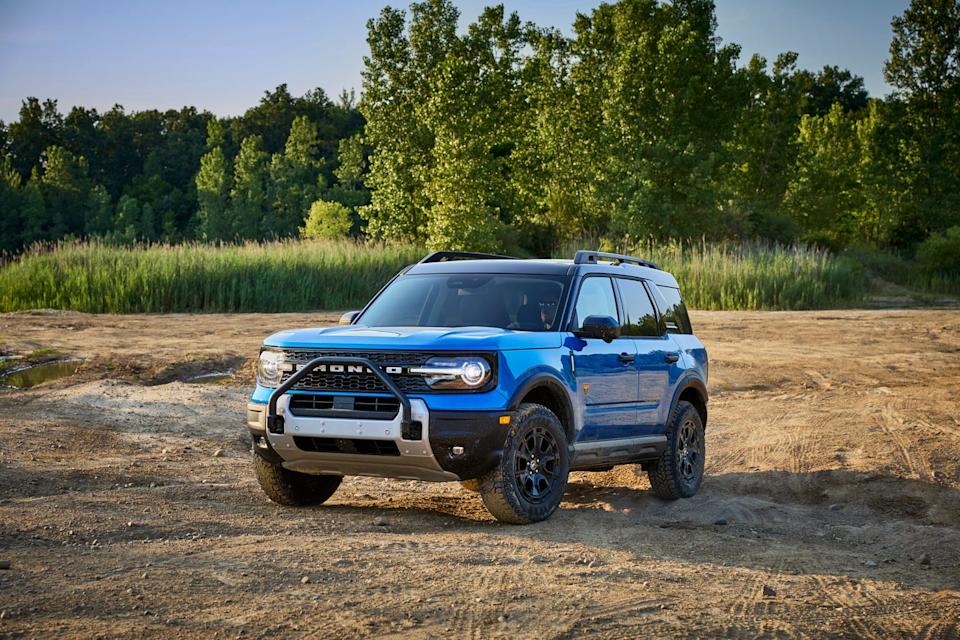
“The automakers decided to absorb most of these costs, but they can’t continue to do that, because their profits are getting crushed,” Greene says. “They’ll have to decide how much they’re going to eat and how much to pass to consumers.”
Expect more to come: Cox Automotive now expects sticker prices to rise 4 to 8 percent by year-end. That would send the average new car price above $50,000 for the first time, up from $48,907 in June.
The key question is how much shoppers are in the mood, after the pandemic’s record run-up in car prices, for another hit of inflation. Consumer sentiment is near a historic low, as measured by the University of Michigan. The share of buyers taking on monthly payments above $1000 reached a record high of 19.3 percent in the second quarter, according to Edmunds. Throw in stubbornly high interest rates and rising repair and insurance costs, and consumers may be the stone with no blood left to squeeze.
Greene says automakers must carefully balance pricing strategies or risk an exodus of shoppers from showrooms. Analysts expect automakers to mask price increases and buffer profits by reducing incentives, including zero-percent or low-interest loans, and to offer longer loan terms to reduce monthly payments. They will demand franchised dealers to share the financial pain, which would cut into dealer profits and their flexibility to negotiate deals.
Beneath relatively shiny sales reports, the Bondo cracks are showing. Prices of Range Rovers and other U.K.-built models have soared about $10,000 since January, Greene says, though those models make up just 1 percent of U.S. inventory. Prices of European imports, good for 5 percent of inventories, are up nearly $2500.
Shoppers Will See Fewer Options
Beyond higher prices, there’s more trouble brewing, especially for younger, first-time buyers or car fans—including certain Car and Driver enthusiasts—who refuse to follow the herd into ranch-sized pickups or SUVs.
The unforeseen combination of tariffs and a radical upending of the EV market, including Washington’s 180-degree pivot from EV support to outright hostility, has shattered the industry’s crystal balls and carefully laid plans. As automakers are forced to lean back into their most profitable trucks and SUVs, as they did during the pandemic’s supply disruptions, the upshot appears to be yet another culling of entry-level models, along with currently money-losing EVs.
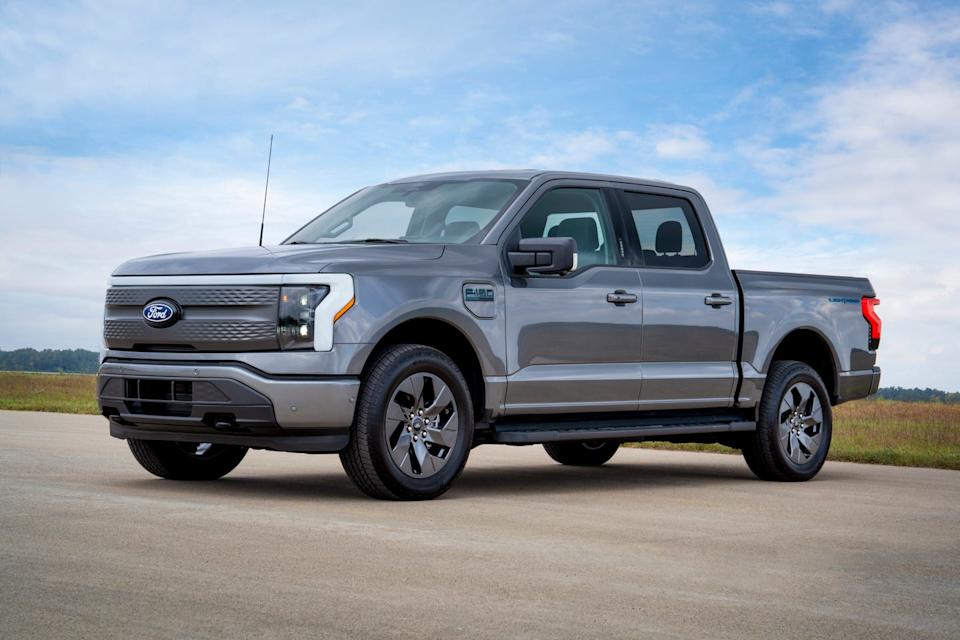
“The unprecedented EV head-fake has wreaked havoc on product plans,” says John Murphy, Bank of America’s securities analyst, in his respected annual Car Wars report. “The next four-plus years will be the most uncertain and volatile time in product strategy ever.”
This year will see a piddling 29 all-new models arrive in showrooms, Murphy says, the lowest number in decades. Essentially, the industry’s slow-turning battleship is being forced to dodge the unforeseen icebergs in its path.
“What’s wild... is that we expect 159 models to be launched over the next four years. Traditionally, it’s over 200,” Murphy said at an Automotive Press Association event. “We have never seen this kind of change before.”
Automakers are now set to introduce just 71 new EVs over the next four years, half the 140 originally projected, due to a demand slowdown. But that slowdown will only be exacerbated by a near-overnight shift in EV incentives, tariffs, and regulations.
Consumers have been fairly begging for more choices in affordable cars, regardless of powertrain. But tariffs may leave the budget especially vulnerable. These models, which generate minuscule per-unit profits, have little wiggle room to absorb tariffs or to pass along price increases to budget-conscious buyers. Only two models in the segment, the Honda Civic and Toyota Corolla, are built in the U.S. New cars priced below $30,000 have steadily grown scarce in showrooms, making up 13.6 percent of inventories so far in 2025, Greene says. Five years ago, those models made up nearly 40 percent of the market.
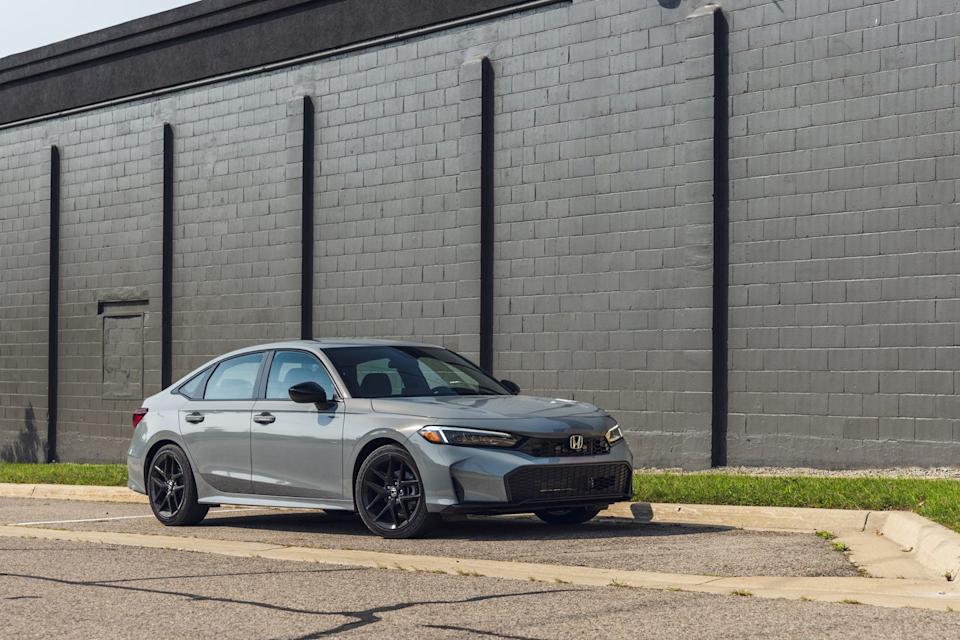
“With 92 percent of these vehicles built outside of the U.S., tariffs are disproportionately affecting this entry-level tier,” Greene says.
Bottom line, automakers only have so much money to spend on new-car development. Many have been forced to cancel or delay EV programs, writing off costly investments that Murphy notes they can never get back. If tariffs force automakers to tighten their belts even more, readers can take one guess as to which models they’d cut first: Anything that’s low-volume, low-profit, or strategically risky. Sports cars and coupes, hatchbacks and convertibles, and EVs or risky, innovative designs. You know, the kind of cars that make technology exciting, driving fun, and life interesting.
The Detroit Three Must Tread Carefully
If there’s any apparent winner and strategic no-brainer, it’s hybrids. Their booming sales helped electrified models, including EVs, seize a record 22 percent of the U.S. market in 2025, up from 18 percent over the same period last year.
Hybrids aside, if Detroit, especially, is tempted to put eggs in one basket, spurred in part by the administration’s generous hall pass on clean-air and fuel-economy standards, history tells us that basket will overflow with SUVs and pickups. In one way, it’s hard to blame automakers. As Murphy says, faced with faltering EV demand and soaring tariff costs, legacy outfits are refocusing on ICE models that generate the lion’s share of profits, which appear a lifeline for financial stability.
But Sam Abuelsamid, vice president of market research at Telemetry, cautions that lifeline could ultimately lead to the automakers' downfall. Abuelsamid writes that if Detroit automakers lean even harder into ICE pickups and SUVs, they will face a deja vu existential threat.
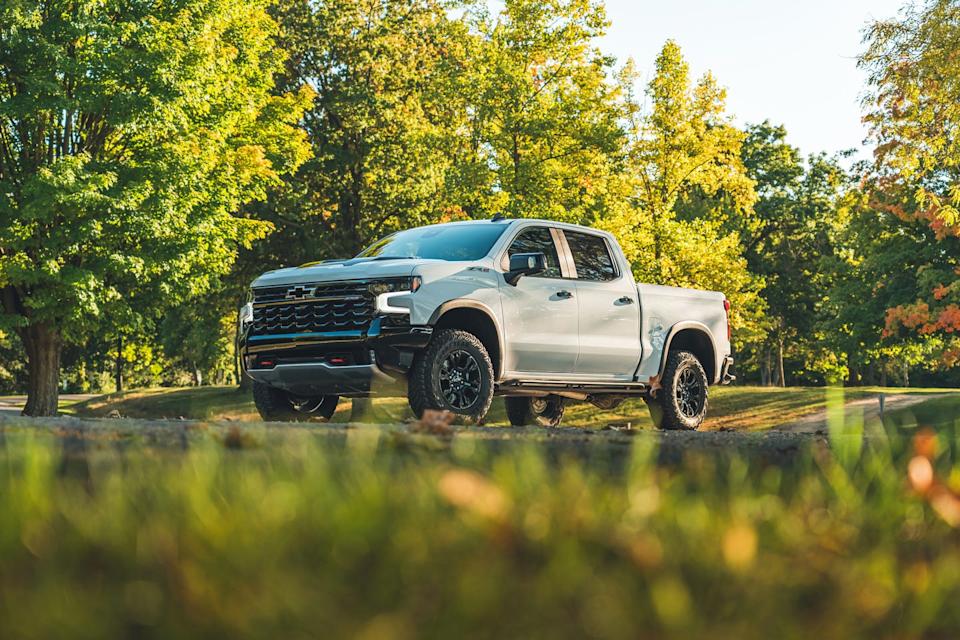
First, Detroit will lose its already-shrinking pipeline of younger buyers, who every car company must cultivate as future loyalists. And domestic brands will become even more uncompetitive in global markets. There’s not much call for Escalades in Italy or F-150s in China. Domestic automakers would grow isolated and calcified.
“If these manufacturers pivot in the direction that the administration in Washington is encouraging, their products will have little or no demand outside of the U.S.,” Abuelsamid says.
Basically, Detroit can’t build enough V-8 pickups to keep the future at bay or haul back the Good Old Days.
Trump's Auto Tariffs: Helpful or Hurtful?
Now, for Chinese cars, one may find reasonable arguments in favor of targeted tariffs, for reasons such as China’s own decades-long protectionism against foreign imports, national security or human-rights concerns, or the potential for China to subsidize its way to monopolizing our EV market, before Detroit can stand up its own viable business.
Done right and done smart, such targeted tariffs may block certain imports from our shores, balance the scales, or buy needed time. But free-trade proponents argue, with strong evidence, that blanket tariffs are no panacea. They would leave domestic companies outflanked even on their home turf by cars and products with superior design, tech, software, or reliability, forged and hardened in the heat of global competition.
These homegrown automaking heroes, the men and women who work there, and the Americans who buy their cars, are the ones that tariffs and anti-regulatory policies are meant to protect, literally. We’ll leave it to readers to decide: Are you feeling protected?
You Might Also Like
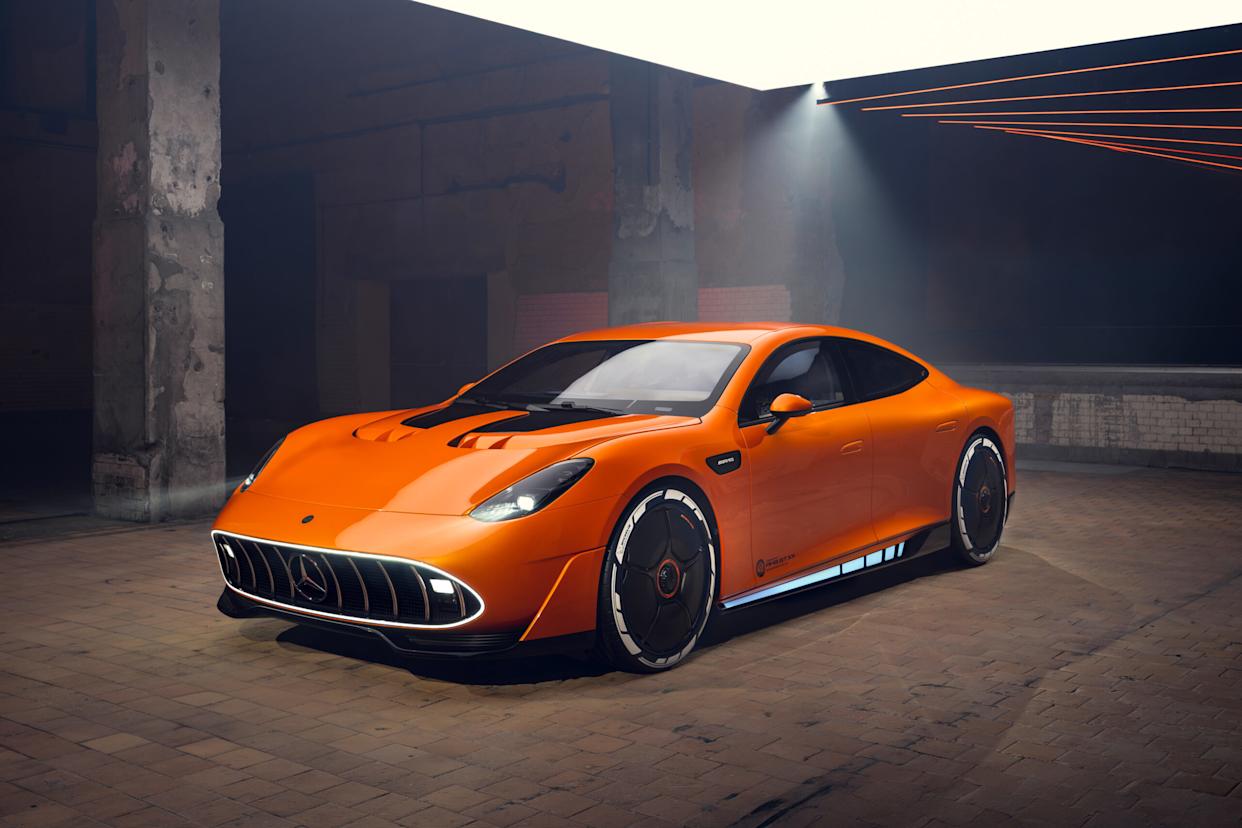
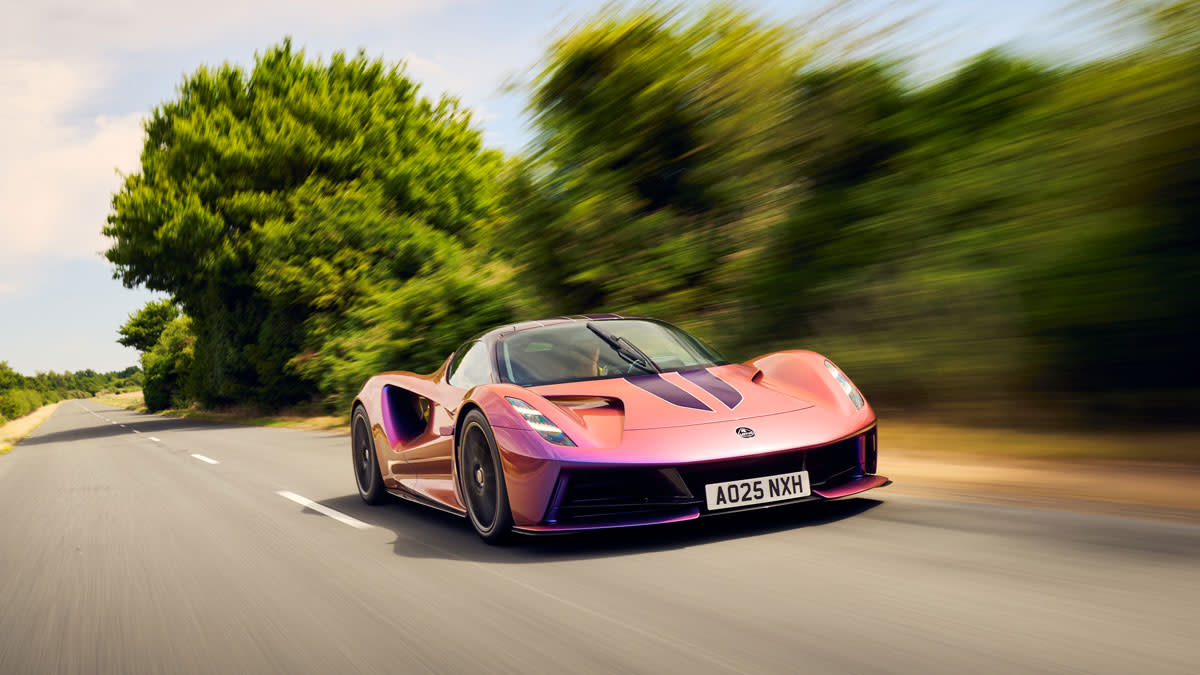
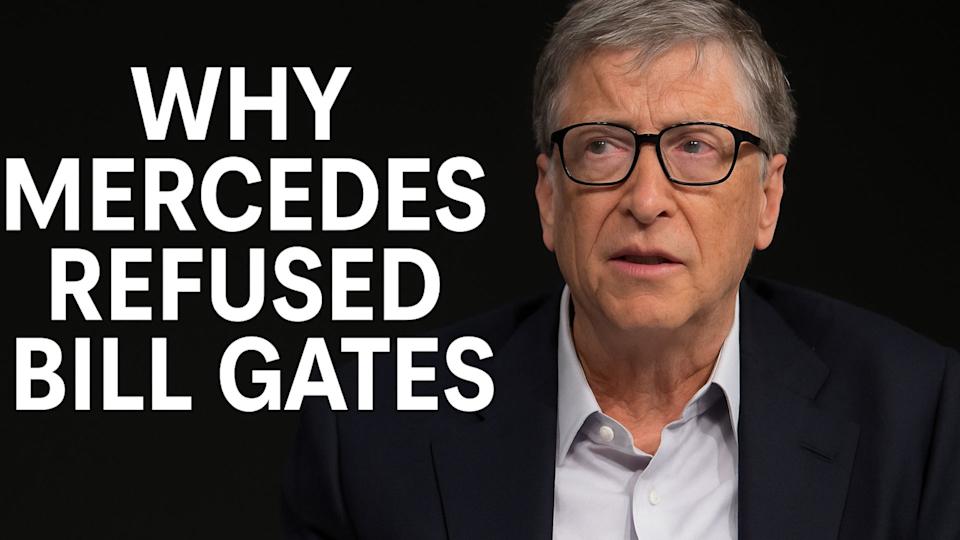
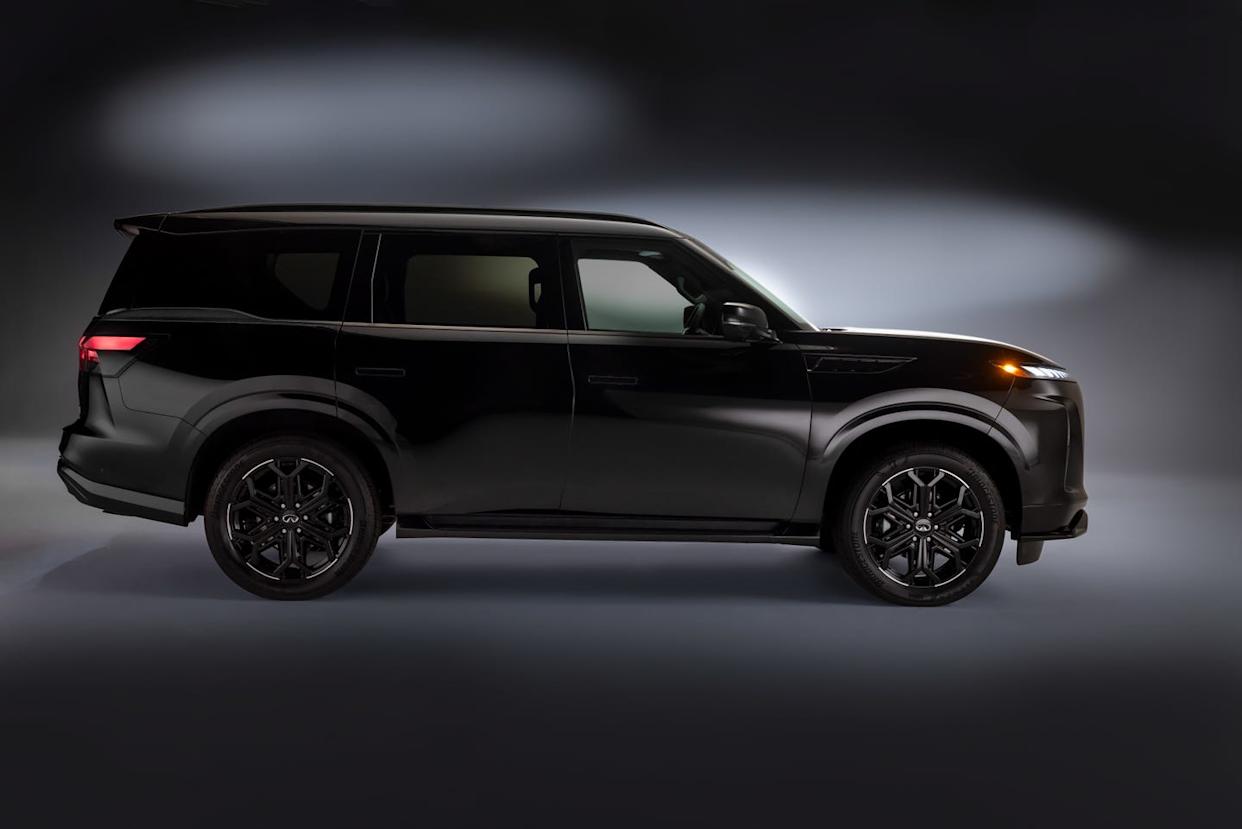
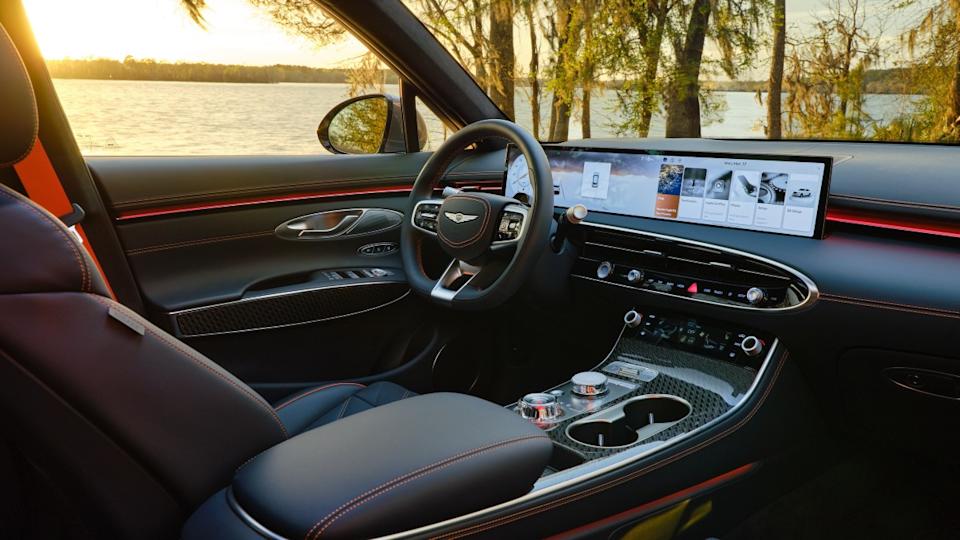
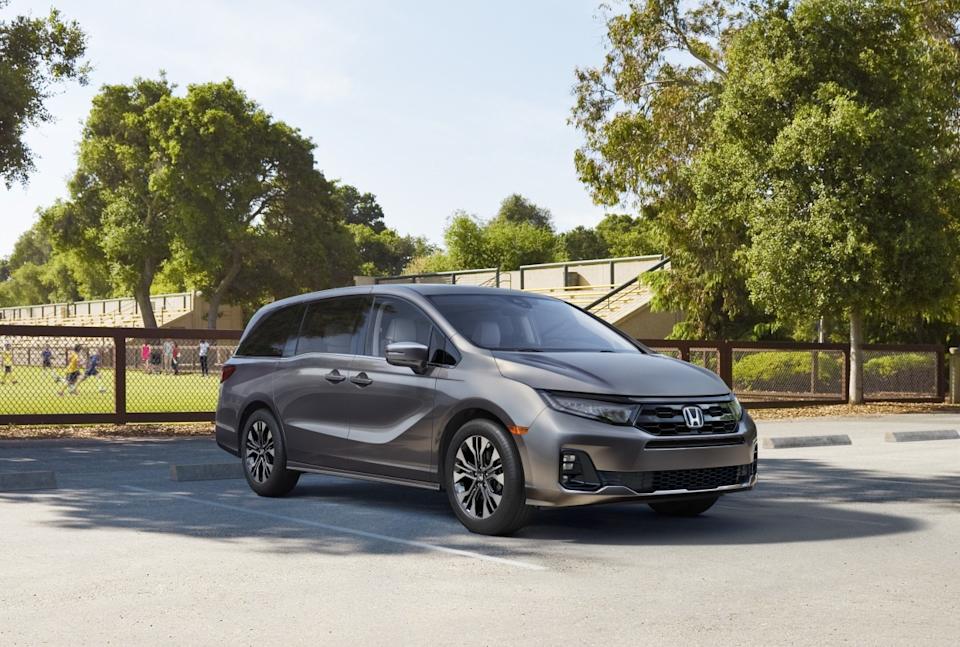
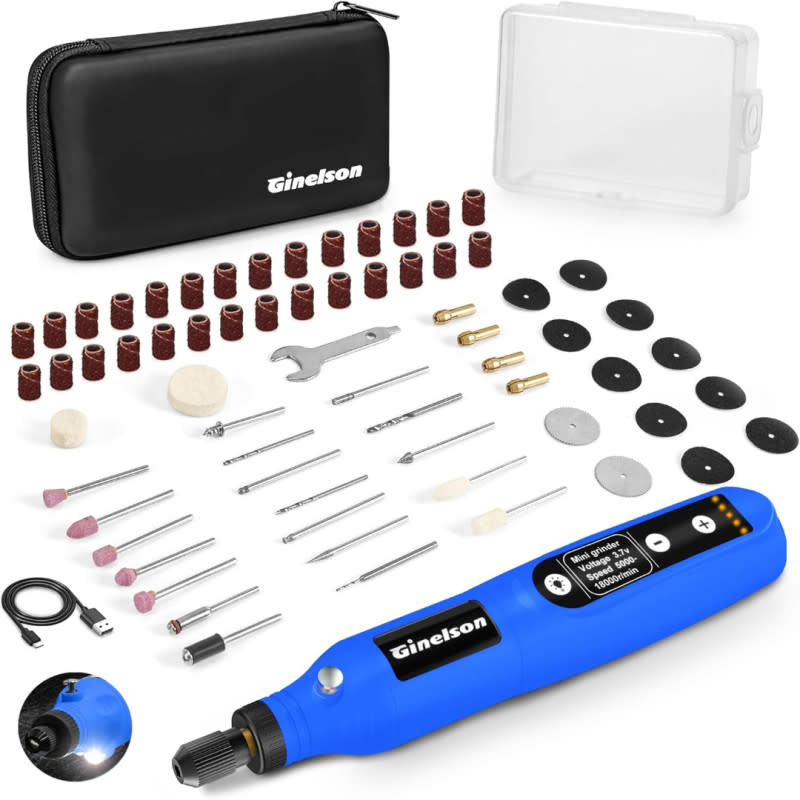

Comments